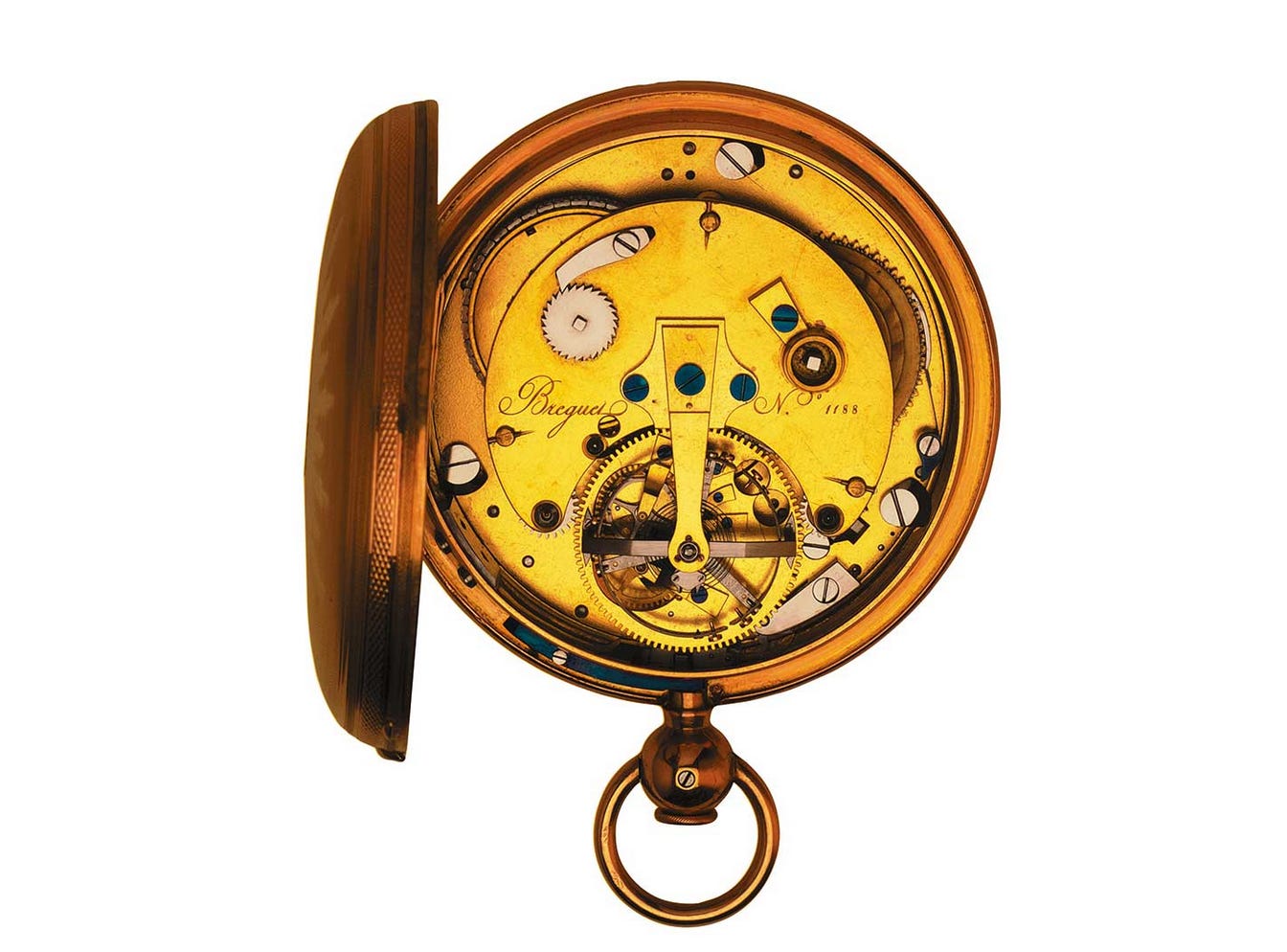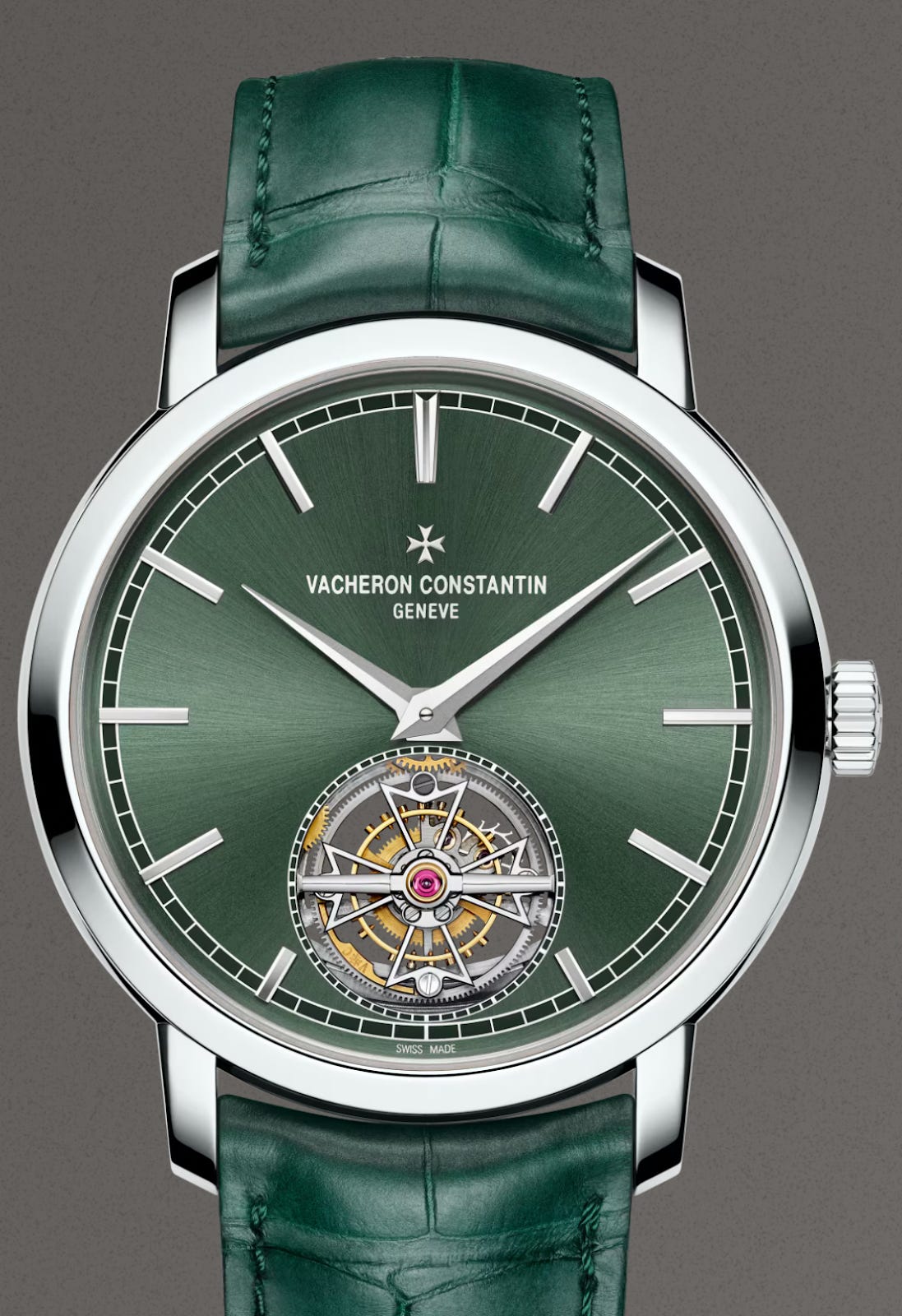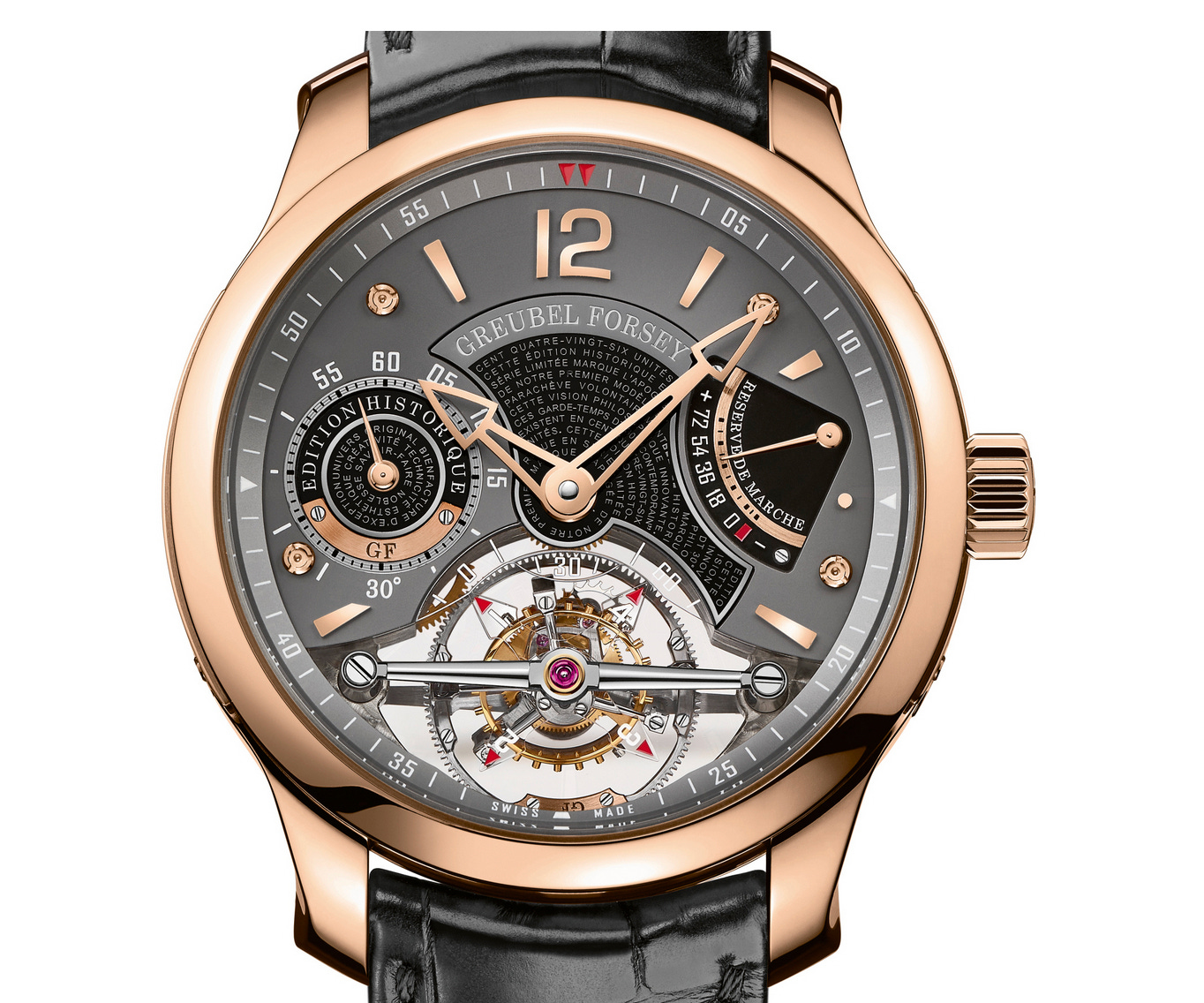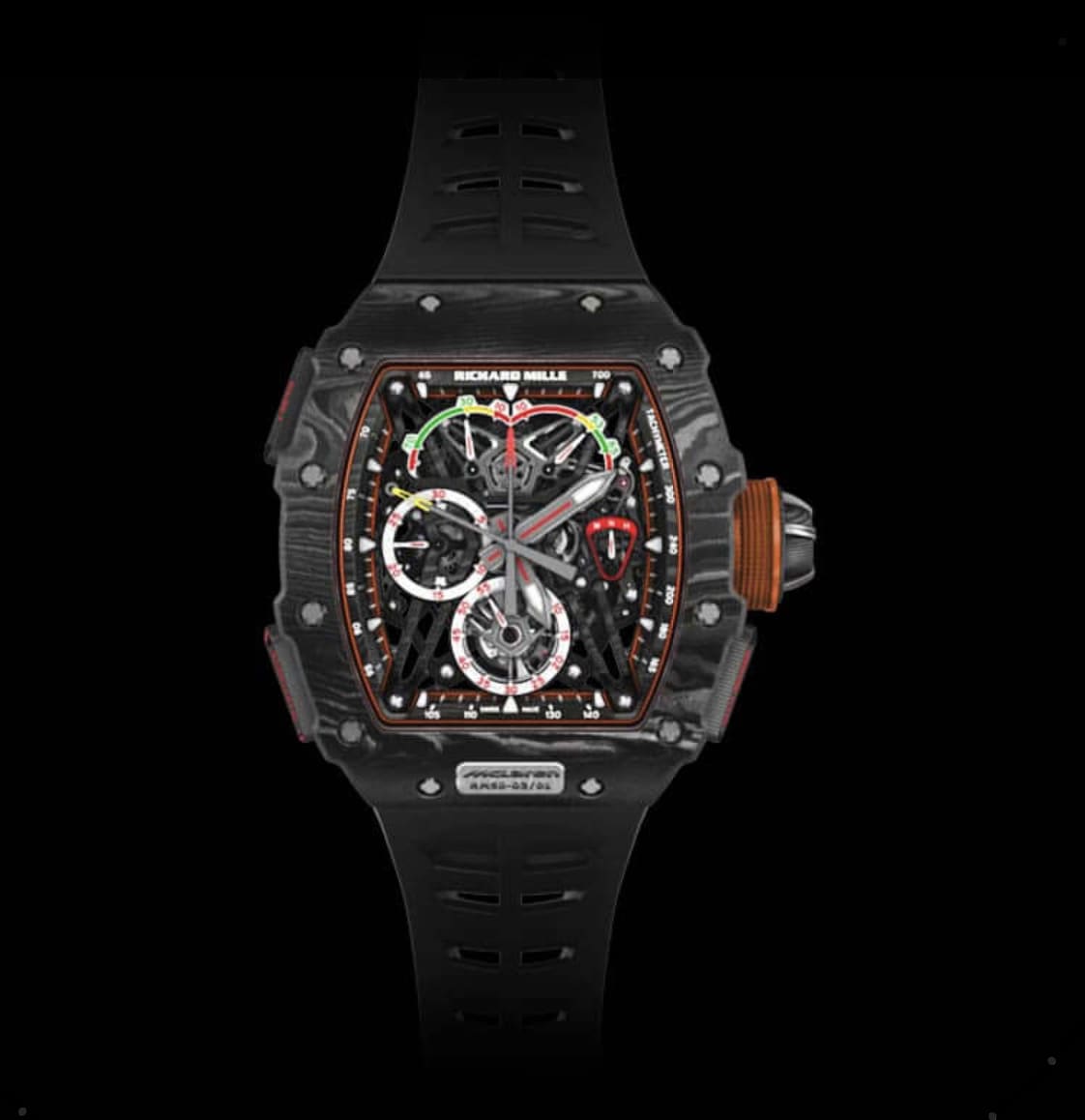The Tourbillon: Four Interpretations of Breguet’s 225-Year-Old Solution
"The superfluous, a very necessary thing." — Voltaire
When accuracy no longer matters, what does a tourbillon measure? Four brands answer a 225-year-old question—and reveal how value survives obsolescence.
Consider the peculiar economics of obsolescence.
A $200,000 mechanical solution to a problem a $20 quartz movement solves infinitely better.
In 1795, Abraham-Louis Breguet watched gravity sabotage his pocket watches—the balance wheel fighting a constant directional pull whenever the watch hung vertically in a gentleman’s waistcoat. His answer: rotate the entire regulating mechanism, averaging out the errors across all positions. On average seventy-two components in perpetual motion. Brilliant then, technically unnecessary now.
The wristwatch changed everything. Natural arm movement performs Breguet’s averaging automatically, rendering his rotating cage functionally obsolete the moment timepieces migrated from pocket to wrist.
Yet tourbillon production has never been higher, prices never more astronomical, desire never more acute. The paradox drives everything that follows: when accuracy no longer matters, what does a tourbillon measure?
Four contemporary brands answer this question in radically different ways, and their choices reveal more than any complication should about how we construct value when function becomes philosophy.
The Preservationists: Heritage as Competitive Advantage
The first response to obsolescence is reverence. If function dies, preserve the form.
Breguet holds the patent like scripture. No. 157, filed in 1801: “regulator with rotating cage.” The specifications are not merely technical—they are constitutional. Sixty-second rotation (or more), synchronized with the seconds display. Steel cage. Fixed bridge geometry. On average, seventy-two components, 0.5 grams of brass and precision, and rotating continuously until the mainspring exhausts itself.
These numbers function as authentication, proof of legitimate succession. Modern Breguet tourbillons incorporate invisible innovations—improved escapements, modern alloys, refined pivots—but the silhouette must not betray the ancestor.
Deliberate restraint as a competitive strategy. When you invent the complication, you earn the right to charge for authenticity. What they sell is not a timekeeping improvement. It is a connection to the original genius moment—1795 preserved in perpetual rotation.
Breguet Tourbillon Watch No. 1188. Source: revolutionwatch.com
Vacheron Constantin shares the philosophy but refines the execution. Same reverence, different expression. Their refinement—the adoption of the ‘flying’ tourbillon architecture (Caliber 2160), first conceived by Alfred Helwig in 1920—was executed with surgical restraint: less weight, greater visibility, unobstructed view of the mechanism.
But this technical modification serves an aesthetic agenda. The tourbillon must be seen. Display integration becomes paramount: positioning at six o’clock, dial symmetry preservation, the cage as centerpiece. They apply Geneva Seal requirements to rotating components, transforming Breguet’s chronometric tool into decorative art. Ultra-thin calibres with peripheral oscillating weight make a 225-year-old complication wearable on modern wrists.
Both brands answer the paradox identically: nostalgia has market value, craft honours the past, and when function becomes obsolete, tradition becomes the product.
The tourbillon shifts from solution to symbol. They preserve not what it does, but what it means.
Vacheron Constantin Traditionnelle Tourbillon (2018). Source: vacheron-constantin.com
The Innovator: When Heresy Serves Science
But what if reverence is not enough? What if improvement remains possible?
Greubel Forsey: Double Tourbillon 30° Edition Historique (2017). Source gphg.org
In 2004, Robert Greubel and Stephen Forsey committed horological heresy: they suggested Breguet’s design could be better. Not more beautiful, not more prestigious—actually, measurably better at the original task.
Their thesis: inclined tourbillons compensate for wrist positions more effectively than Breguet’s flat cage. While others preserved or perfected, Greubel Forsey asked whether the tourbillon could still do its job.
The Double Tourbillon 30° embodies their answer. Two cages, one inclined at thirty degrees, rotating at different speeds. The reasoning: the thirty-degree angle matches typical wrist positions throughout the day—reading, writing, gesturing.
Their cages use titanium instead of brass, weighing 1.13 grams, reducing inertia and energy consumption. They publish COSC and observatory chronometer certifications. They file patents. They release technical papers on angular momentum and isochronism across positions.
The Quadruple Tourbillon extends the experiment: four cages, multiple inclinations, systematic exploration of how rotation axes affect rate stability. Each watch functions as laboratory equipment.
The brand operates less like a manufacturer and more like a research institution, treating every specification as a testable hypothesis.
This approach fundamentally reframes the paradox. Breguet and Vacheron say: “The tourbillon represents craft and heritage.”
Greubel Forsey says: “The tourbillon can still perform—we will prove it.”
They embrace mechanical imperfection as a challenge rather than accepting obsolescence as destiny. Yes, quartz outperforms any mechanical movement. But within mechanical constraints, how far can precision extend?
Their philosophy: innovation justified by measurable outcomes, not novelty for its own sake. Function restored through science. The tourbillon is reborn as a chronometric instrument, not merely a decorative relic.
The Disruptor: When Breaking Things Is the Point
If Greubel Forsey asks “Can we make it better?”, Richard Mille asks something more provocative: “Can we break it?”
Richard Mille RM 50-03 Tourbillon Split-Seconds Chronograph McLaren F1 (2017). Source: richardmille.com
The question reshapes everything. Can a delicate eighteenth-century complication—72 microscopic components in constant rotation—survive Formula 1 crashes? Tennis matches? Five-thousand-g impacts?
Richard Mille answers the paradox by rejecting its premise entirely. Forget pocket watch accuracy. Forget classical aesthetics. Forget “proper” watchmaking.
If we are making something functionally obsolete, make it defiantly extreme.
Material revolution enables philosophical revolution. Grade 5 titanium cages weighing 0.2 grams—forty percent lighter than Breguet’s original brass, sixty percent lighter than modern competitors.
Carbon TPT (Graphene-infused Carbon TPT®) cases borrowed from aerospace engineering. Shock absorption systems isolating the movement from external violence.
These watches survive documented 5,000+ g-force impacts. Not theoretical survival. Actual survival, verified on wrists during competition.
The suspended tourbillon eliminates traditional bridges entirely, cables holding the cage within the case architecture. Skeletonization as ideology: expose everything, hide nothing, make engineering the aesthetic.
Partnership evidence matters: McLaren F1 drivers wearing them during races, Rafael Nadal during Grand Slams. These aren’t ambassadorial photo ops. These are field tests.
Richard Mille disrupts the preservation–innovation binary. They reject tradition without apologizing, pursue extremism without seeking chronometric justification.
The tourbillon becomes a statement piece—you are not buying improved timekeeping, you’re buying materials science theatre.
Their philosophy: if obsolescence is inevitable, make it spectacular.
What the Paradox Reveals
Four brands, four philosophies, one functionally unnecessary complication.
Breguet says value lies in authentic connection to original genius.
Vacheron Constantin says value lies in flawless execution of tradition.
Greubel Forsey says value lies in pushing mechanical limits.
Richard Mille says value lies in defiant extremism.
Each specification choice—cage weight, inclination angle, material selection, finishing technique—is a philosophical statement disguised as an engineering decision.
The tourbillon has become horology’s ultimate Rorschach test. What you do with 72 spinning components reveals everything about what you believe matters when precision becomes irrelevant.
The paradox is not a problem requiring a solution. It is the point. Luxury exists where function ends and philosophy begins.
As smartwatches measure everything and mechanical watches measure nothing essential, the tourbillon’s rotation becomes a meditation on value itself.
Not what it does, but what it means. Not accuracy, but identity.
Two hundred and twenty-five years after Breguet solved gravity’s interference with pocket watches, his complication persists—not because wrists need it, but because desire does.
The cage rotates, averaging nothing, proving everything. Function obsolete, meaning inexhaustible.
The beautiful paradox continues.
About the Author
Sergio Galanti is an independent brand strategist and writer in the luxury watch industry. He is the editor of WatchDossier, a publication devoted to the cultural and philosophical undercurrents of modern horology.
No compensation or brand affiliation influenced this essay. Opinions are the author’s own.
Further Reading
Subscribe watchdossier.ch to receive more insights on luxury, craftsmanship, and collecting.






